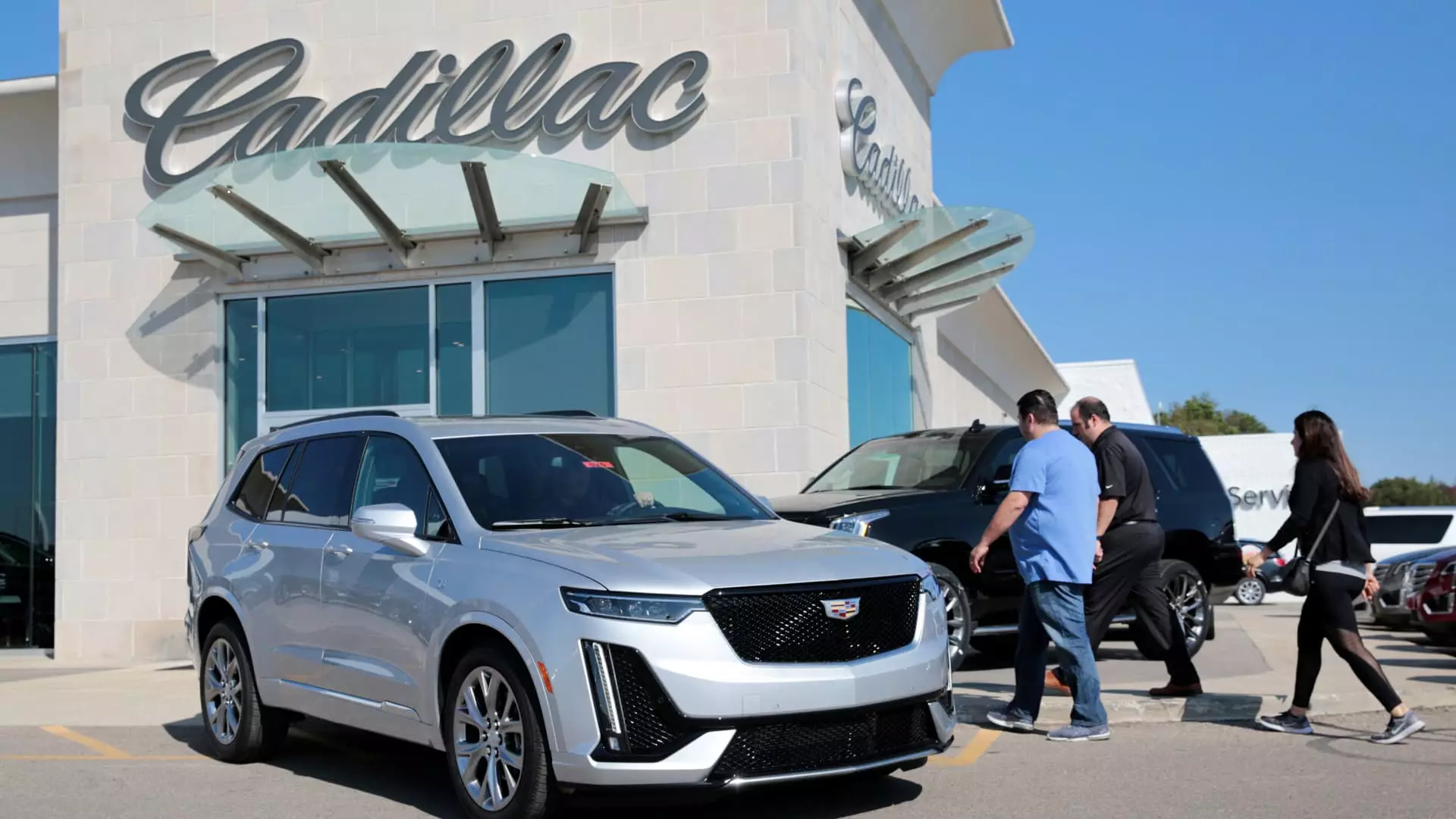In a stunning move that underscores the transformation underway in the auto industry, General Motors (GM) is discontinuing production of the Cadillac XT6, a gasoline-powered crossover, at its Spring Hill assembly plant in Tennessee. This decision isn’t merely a routine corporate maneuver; it is emblematic of a broader, more ambitious strategy to pivot toward an electric future. GM’s calculated move reveals a company at the crossroads, torn between the demands of an evolving market and the legacy of its gas-powered models. While extending production of the smaller XT5 until 2026, GM illustrates a pragmatic balance between tradition and innovation.
Cadillac’s Electric Future: Promise or Peril?
Cadillac, a brand historically synonymous with luxury and performance, has hit the brakes on its commitment to an all-electric lineup by 2030. This hesitation is puzzling, given the intense consumer interest in electric vehicles (EVs). The manufacturer’s latest foray into EVs includes the Cadillac Lyriq, the first electric model launched in 2022, and the newly introduced three-row Vistiq. However, the question arises: is Cadillac’s strategic retreat merely a reaction to current market realities, or does it reveal deeper uncertainties about consumer acceptance of EVs?
Despite the promising consumer feedback for the XT5, historical sales figures for the XT6 paint a less flattering picture, averaging only 19,000 units per year since its 2019 launch. This puts a spotlight on Cadillac’s struggle to carve out its niche while competing with more affordable options like the GMC Acadia. The brand’s inability to generate significant sales for the XT6 raises eyebrows regarding its overall viability in an increasingly competitive space, particularly as consumers gravitate toward hybrid and electric alternatives.
Balancing Act: The Weighing of Internal Dynamics
The decision to allocate resources towards the XT5 instead of continuing the XT6 is a direct response to what GM describes as “strong customer demand.” It’s pivotal for companies within the automotive sphere to remain agile as they navigate the volatile marketplace—they are not just fighting for sales, but for the very identity of their brand. The strategic allocation of production resources speaks volumes about GM’s internal assessments. By extending the life of the XT5, Cadillac aligns itself with shifting consumer preferences while also strategically managing their existing inventory.
However, Cadillac’s recent memo also hinted at scheduled downtime for the facility and temporary layoffs—a clear indicator of the volatility that can accompany such transformative shifts. The need to adjust inventory in accordance with fluctuating demand reflects both the challenges of manufacturing in a post-pandemic economy and the precariousness of transitioning from internal combustion engines to electric powertrains.
What Lies Ahead: Risks and Opportunities
As GM pushes forth with its ambitious electric strategy, the discontinuation of the XT6 must be seen as both a risk and an opportunity. While shedding a lackluster model can alleviate costs and focus on more promising vehicles like the XT5 and the upcoming electric variants, it also poses a dilemma: can Cadillac truly reposition itself in a crowded and rapidly evolving landscape? The stakes have never been higher, as automakers race toward sustainable solutions, and consumers demand reassurance in their future purchases.
In this dual age of electrification and shifting consumer sentiment, Cadillac stands at a pivotal juncture. Whether it emerges as a celebrated pioneer or an outdated luxury label will depend on its ability to embrace change without alienating its traditional customer base.

